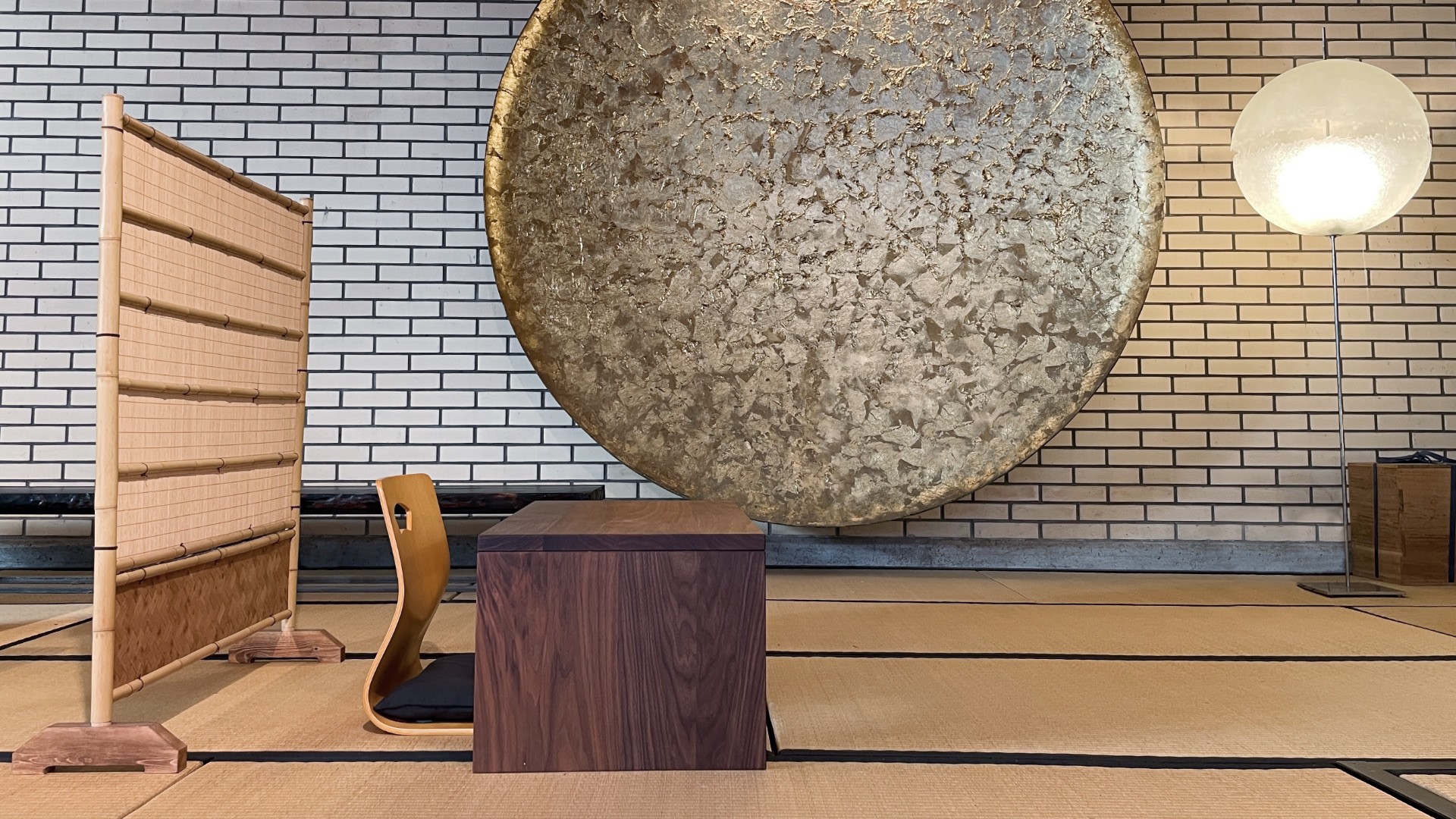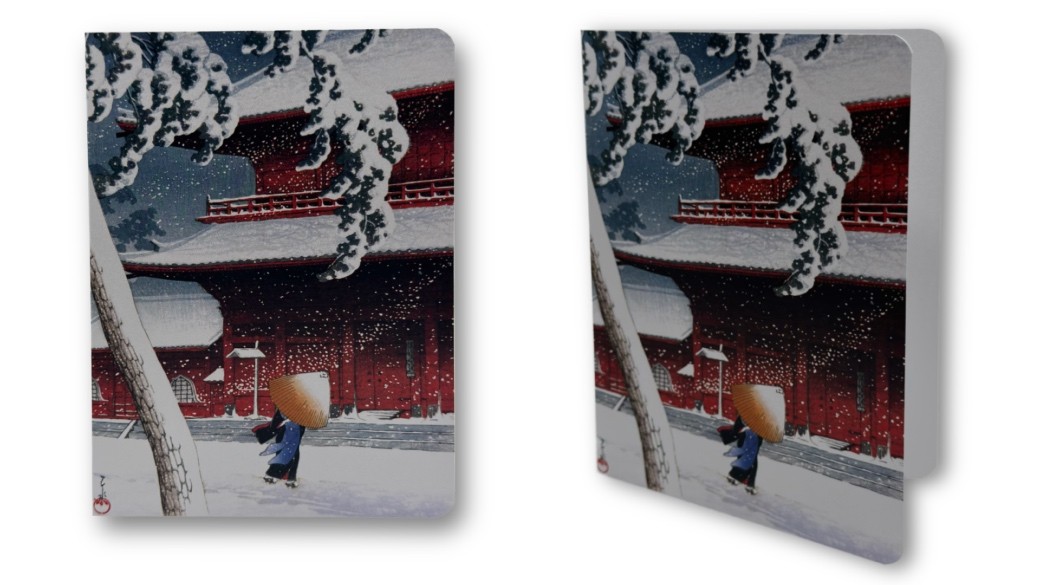
A minimalist style of living
Erwin Zehnder speaks of "a clear trend towards minimalism". He sees one reason for this in society's abundance, both in material terms and in terms of leisure activities and media overstimulation. These are not yesterday's words, but from an interview with the living magazine "Esotera" in 2000. Since the 1990s, Sato has been representative of a trend towards reduction to the essential. Clarity, simplicity and a lot of free space, the restriction to the minimal has been a basic principle of Sato since its beginnings.
The living room as a freely adjustable space
Inspired by the traditional Japanese way of life, Sato offers furniture that allows for a flexible and functional design of the living space. A futon that can be rolled up to create space or used as a comfortable seat. A small, light table that becomes the central dining and working surface during the day. A zaisu floor chair or zabuton seat cushion that replaces the office chair. Tatami floor mats that can be laid directly on the floor to create a calming, Japanese living atmosphere. The room becomes an unobstructed, freely adjustable surface without a predefined function. Particularly in cramped living conditions, such as student shared apartments, this minimalist approach opens up a form of living free from the ballast of heavy furniture - one that fully meets today's need for mobility.





